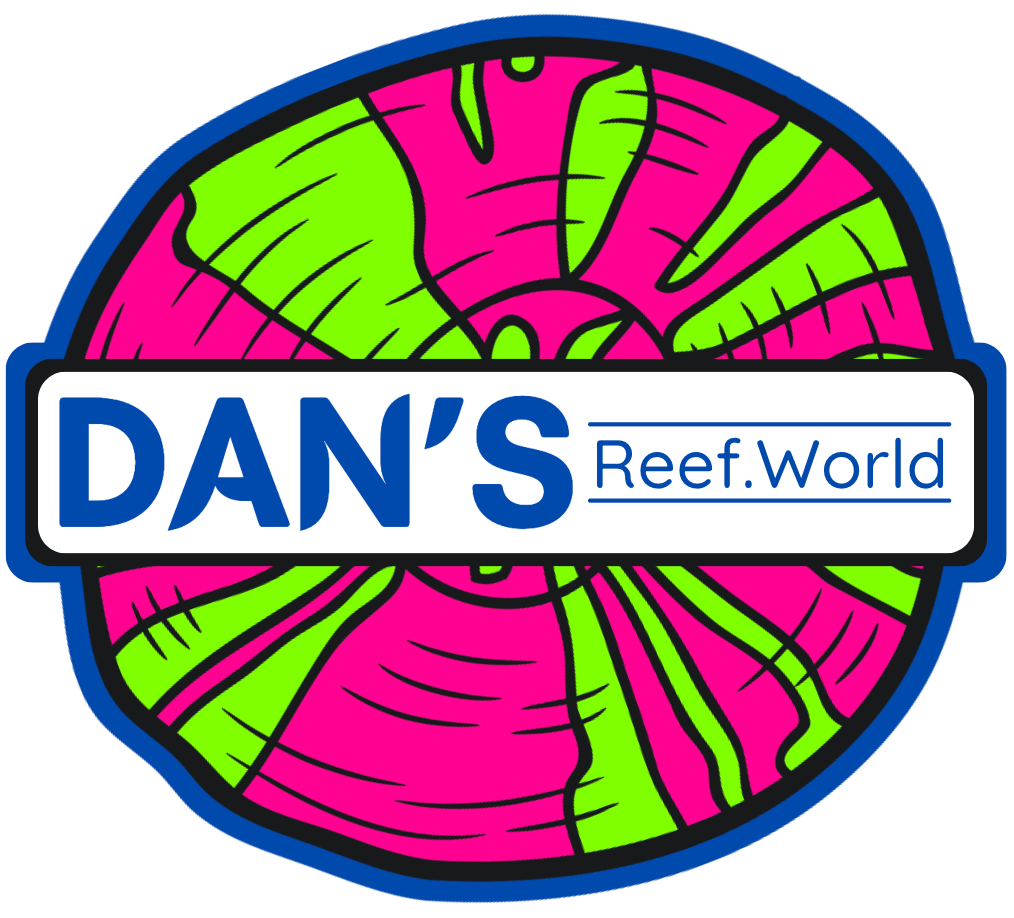Intro - Family Agariciidae
Coral reefs are some of the most vibrant and diverse ecosystems on our planet, serving as crucial habitats for countless marine species. Among the many families of corals that contribute to these underwater wonders, the Agariciidae family stands out for its unique growth forms and ecological significance. In this blog post, we’ll explore the defining features of Agariciidae corals, their roles within reef ecosystems, and the conservation challenges they face.
-
The Agariciidae family includes a variety of stony corals found primarily in warm, shallow waters of the tropics and subtropics. Notable genera within this family include Agaricia and Mussa, known for their distinctive forms and remarkable adaptability. Agariciidae corals can exhibit a range of growth patterns, from flat plates to intricate branching structures, making them visually striking components of coral reefs.
-
One of the defining features of Agariciidae corals is their morphology. Many species in this family grow in flat, plate-like formations, which can spread out to maximize their exposure to sunlight. This growth form allows them to capture sunlight effectively, enhancing their photosynthetic capabilities through their symbiotic relationship with zooxanthellae—tiny algae that live within their tissues.
-
Coloration in Agariciidae corals is diverse, ranging from muted browns and greens to vibrant yellows and blues. The variety in color is primarily due to the presence of these symbiotic algae, which not only provide nutrients through photosynthesis but also contribute to the coral’s striking appearance.
-
Agariciidae corals play a vital role in the overall health and structure of coral reef ecosystems. As important reef builders, they contribute to the physical framework of reefs, creating habitats that support a wide array of marine life. Their complex formations provide shelter for various organisms, including fish, crustaceans, and invertebrates, enhancing biodiversity within the reef.
-
Additionally, the plate-like structures of Agariciidae corals help to stabilize sediments and prevent coastal erosion. By binding sediments together, they foster a healthier environment for other marine species and contribute to the overall resilience of the reef ecosystem.
-
Despite their ecological significance, Agariciidae corals face numerous threats. Climate change is one of the most pressing issues, as rising sea temperatures can lead to coral bleaching—a process where corals expel their symbiotic algae, resulting in loss of color and essential nutrients. Prolonged bleaching can severely weaken corals, making them more susceptible to disease and mortality.
-
Ocean acidification, caused by increased carbon dioxide levels in the atmosphere, further threatens these corals by impairing their ability to form calcium carbonate structures. Pollution from coastal development, agricultural runoff, and plastic waste disrupts the delicate balance of reef ecosystems, jeopardizing the health of Agariciidae corals.
-
Addressing the challenges facing Agariciidae corals requires comprehensive conservation strategies. Establishing marine protected areas (MPAs) is crucial for safeguarding these corals and their habitats from human impact. Restoration efforts, such as coral gardening and transplantation, are being implemented to help revive damaged reefs and support the growth of healthy coral populations.
Public awareness and education are vital in fostering a culture of conservation. By informing communities about the importance of coral reefs and the threats they face, we can encourage sustainable practices and responsible coastal development. Supporting marine conservation organizations and advocating for policies that protect marine ecosystems can significantly contribute to the preservation of Agariciidae corals.
-
The Agariciidae family of corals is a fascinating and essential component of coral reef ecosystems. Their unique growth forms, ecological roles, and contributions to biodiversity highlight the need for dedicated conservation efforts. As we confront the challenges posed by climate change and human activities, it is crucial to prioritize the protection of Agariciidae corals and the habitats they support. Together, we can ensure that these remarkable corals continue to thrive, enriching our oceans and sustaining the diverse marine life that relies on them for generations to come.




